The content of the article
Everyone knows that any vegetable is a storehouse of useful substances. Radish, as a clear representative of the roots, is also no exception. It is widely used in cooking and traditional medicine. At the same time, in countries with moderate climates, white radish is more common. How is it useful and how should I use this vegetable so as not to harm myself?
Plant Overview
Radish is a genus of herbaceous plants from the Cabbage family. Not all representatives of this kind are suitable as a food product. In countries with a temperate climate, white and red radish are more commonly used. There are also such species of this plant, whose roots are very narrow, they are not at all possible to use as a vegetable. In total there are about 10 species of radish.
It is believed that white radish is not a natural plant species of this genus.She appeared when crossing Radish Field and Radish Seed. These species grow as wild crops in Europe and America. White radish is currently cultivated on all continents. In this case, they eat its root, and not the plant itself. This vegetable has its own subspecies, which grows in Japan - Daikon oblong radish.
Useful properties of this root were discovered before our era. Even then, the slaves were fed with this product so that they would be able to work longer. And in some countries, radish was considered the food of the Gods. So, in ancient Greece, this vegetable could be used only by Apollo himself. What is fraught with this mysterious root?
Composition
Like any plant, radish contains a large amount of various vitamins and minerals necessary for the normal functioning of the human body. In addition, it has another indisputable advantage - like other representatives of Cabbage, radish has a very low calorie content. That is why those who want to lose weight are recommended to use salads with this type of plant.
100 g of radish contains about 20 kcal.In its other species - a little more. In addition, it has almost zero fat content. But it has a lot of carbohydrates and protein. The first almost 3 times the last. However, it should be understood that these are not fast carbohydrates, which can lead to obesity, but the so-called "useful carbohydrates." Radish is rich in fiber, which is not absorbed by man at all, but helps the gastrointestinal tract.
Among the vitamins in radish, nicotinic acid (PP) is most of all, some representatives of group B vitamins (folic and pantothenic acid, thiamine, riboflavin, pyridoxine), as well as ascorbic acid (C) and fat-soluble vitamins. The latter include retinol (A) and tocopherol (E). All these substances contribute to the acceleration of biochemical processes in the body.
In terms of minerals, white radish breaks records in calcium, magnesium, potassium, sodium and phosphorus. It is thanks to them that this root vegetable is very useful for older people. In their bodies, the lack of any of these microelements can cause severe diseases of the heart and musculoskeletal system.
Beneficial features
Thanks to all the above regulatory substances, radish is one of the most beneficial products for the body. Its positive properties are as follows:
- Improve digestion. Radish contains coarse fiber, which the human body is not able to digest. This fiber is necessary for saprophytic intestinal bacteria, which instead produce us B-group vitamins. In addition, fiber irritates the intestines and fights against atonic constipation.
- Acceleration of metabolism. The same vitamins are involved in the biochemical conversion of nutrients into energy. The more vitamins of group B, the faster these reactions take place. Moreover, as a fat, such substances are no longer deposited.
- Strengthening immunity. Thanks to vitamins C and E contained in radish, this root crop is able to protect against many diseases, ranging from the flu and ending with tumor neoplasms.
- Improved vision. Vitamin A is a precursor of the substance that is necessary for the correct operation of the visual analyzer. With a lack of this vitamin, twilight vision deteriorates, which is popularly called “night blindness”.
- Maintaining the functioning of the heart muscle. Three microelements are necessary for the heart to work: calcium, magnesium and potassium. All of them are contained in white radish in large quantities. The use of this root helps to prevent the development of cardiac pathology.
- Strengthening bones. In order for osteoporosis not to develop and the bones always remain strong, calcium and phosphorus are needed in the right proportions. White radish has both elements, which makes it an indispensable product in the fight against osteoporosis and pathological fractures.
- Improve skin condition. Radish contains a large amount of antioxidants. With their help, the body removes various slags that contribute to aging and deterioration of the appearance of the skin. Radish for cosmetic purposes can be used both externally and consumed inside.
Thus, it can be said that white is rare - a very useful plant that can be eaten at any age. Its composition allows radish lovers to live to a great old age without the so-called "diseases of civilization." However, it is possible to use radish not all and not always.
Harm and contraindications
In addition, with caution it is necessary to use radish in patients with hyperacid gastritis. This root is able to increase the acidity of the stomach. Patients with gastric ulcer and duodenal ulcer in the acute stage of radish is completely contraindicated. But patients with diabetes, radish can be used without restriction.
Thus, we can conclude that eating radish can protect the body from many diseases. It really helps to fight the signs of old age, both external and internal. However, white radish can affect the body and negatively. First of all, it is manifested by diseases of the gastrointestinal tract. That is why this root should be consumed in moderation.
Video: the benefits of white radish


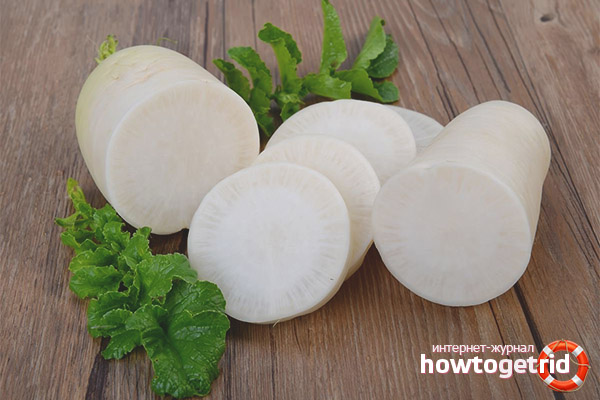



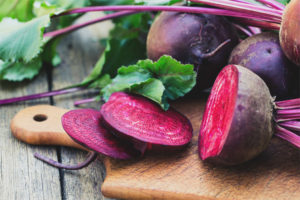

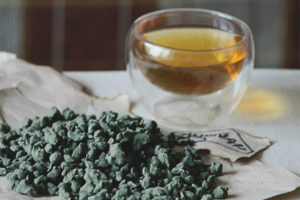
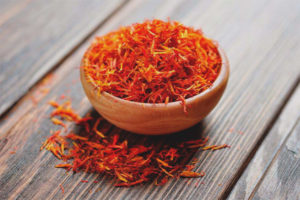

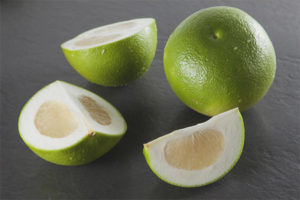
To send